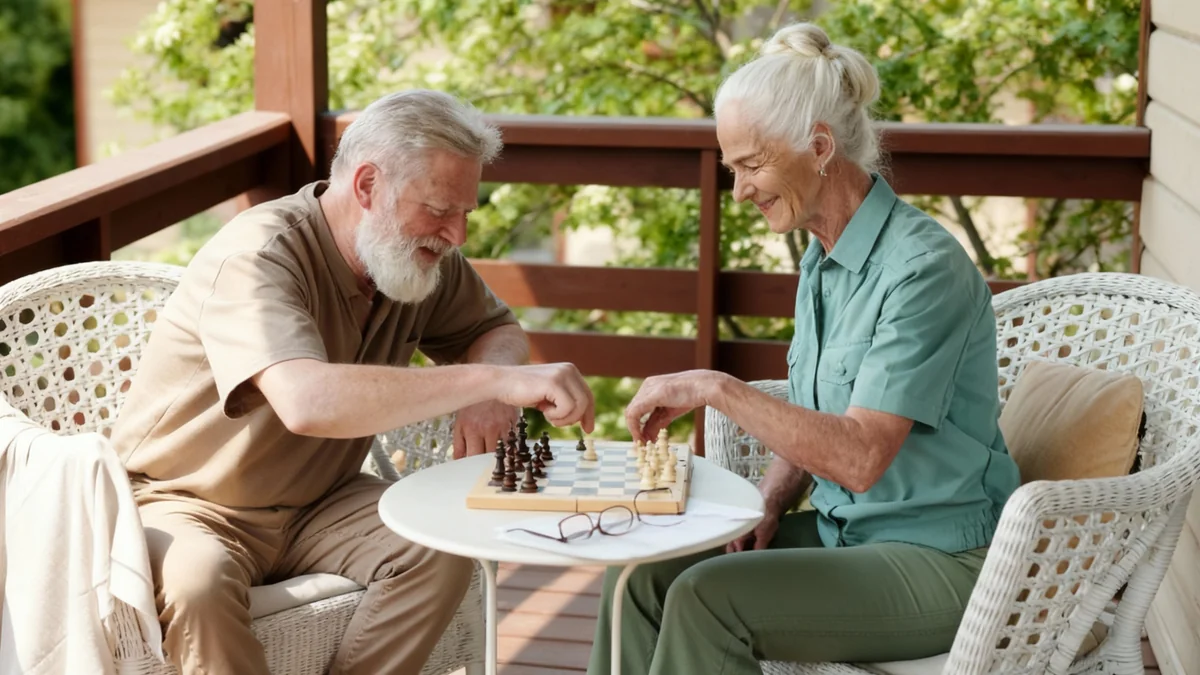A significant and growing portion of American homeowners now own their properties outright, with new data revealing that more than 40% are living without a mortgage. This record-high figure reflects a major demographic shift driven by an aging population and has considerable implications for the nation's housing market and financial landscape.
In 2024, the share of owner-occupied homes free of a mortgage reached 40.3%, an increase from 39.8% the previous year and a substantial jump from 32.8% in 2010. This trend underscores a quiet but powerful change in American homeownership, moving from the pursuit of buying a home to the stability of holding it long-term.
Key Takeaways
- A record 40.3% of U.S. homeowners owned their homes outright in 2024.
- The primary driver is the aging Baby Boomer generation, with 54% of mortgage-free owners being 65 or older.
- Geographic disparities are significant, with Texas and Tennessee metros showing the highest rates of mortgage-free ownership.
- High-cost urban areas in Washington D.C., Utah, and Colorado have the lowest rates.
- The trend may lead to increased demand for financial products like reverse mortgages.
The Demographic Shift Driving Debt-Free Ownership
The rise in mortgage-free homeownership is not a random occurrence but a direct consequence of the country's changing demographics. As the large Baby Boomer generation moves into retirement, more individuals are reaching the end of their 30-year mortgage terms and owning their homes free and clear.
This aging curve is now a dominant feature of the housing market. Data shows there are approximately 35 million mortgage-free homeowners in the United States. Of this group, a remarkable 54% are age 65 or older. This demographic represents just over a third of all homeowners but holds a disproportionate share of outright ownership.
Looking deeper into this age bracket, nearly two-thirds (64%) of homeowners aged 65 and above have fully paid off their properties. This contrasts sharply with younger and middle-aged buyers who are still in the process of paying down their home loans, often while navigating higher interest rates and property values.
From Buying to Holding
For decades, the American dream centered on the initial purchase of a home. This new data suggests a paradigm shift. With more Americans living longer and aging in place, the focus is evolving from acquiring property to maintaining and leveraging it as a debt-free asset in retirement.
A Tale of Two Markets: Geographic Divides
Where you live in the United States heavily influences the likelihood of owning a home without a mortgage. The data reveals a clear divide between lower-cost regions with older populations and high-priced, rapidly growing metropolitan areas.
The Mortgage-Free Hotspots
Cities in the South and Midwest, particularly in Texas and Tennessee, lead the nation in mortgage-free homeownership. These areas typically feature more affordable housing and a higher concentration of older residents. The top five metro areas are:
- McAllen, Texas: 61.8%
- Brownsville, Texas: 57.8%
- Beaumont, Texas: 57.1%
- Kingsport, Tennessee: 56.2%
- Longview, Texas: 55.8%
In these communities, more than half of all homeowners have shed their mortgage debt, providing a significant level of financial stability for a large portion of the local population.
Areas with High Mortgage Debt
On the other end of the spectrum are expensive, dynamic urban centers where home prices remain elevated and the population is generally younger. In these markets, the percentage of homeowners without a mortgage is substantially lower.
Lowest Rates of Mortgage-Free Ownership
The five metro areas with the smallest share of homeowners who own their properties outright include Washington, D.C. (26.4%), Provo, Utah (27.0%), Denver, Colorado (27.1%), Greeley, Colorado (27.2%), and Ogden, Utah (28.8%). These figures highlight the financial pressures in high-cost markets.
These disparities reflect different economic realities. In places like Denver and Washington, D.C., high property values mean larger, longer-term loans are common, making it more challenging to pay off a mortgage quickly. In contrast, the lower cost of living in places like McAllen allows residents to achieve debt-free status more readily.
Future Implications for Homeowners and Finance
This growing cohort of debt-free, asset-rich older Americans is not going unnoticed by the financial industry. With tens of millions of people holding substantial equity in their homes, new opportunities and products are expected to emerge.
The trend underscores how the American dream of homeownership is evolving: less about buying, more about holding — and increasingly, about aging in place.
Analysts anticipate a rise in demand for equity-based financial tools, such as reverse mortgages and home equity lines of credit (HELOCs). These products allow older homeowners to tap into their home's value for income during retirement without needing to sell the property.
As more Baby Boomers seek to age in place, accessing this locked-up equity could become a crucial part of their financial planning. This shift will likely influence banking, financial services, and the real estate market for years to come, reshaping how Americans view their largest asset in their later years.





